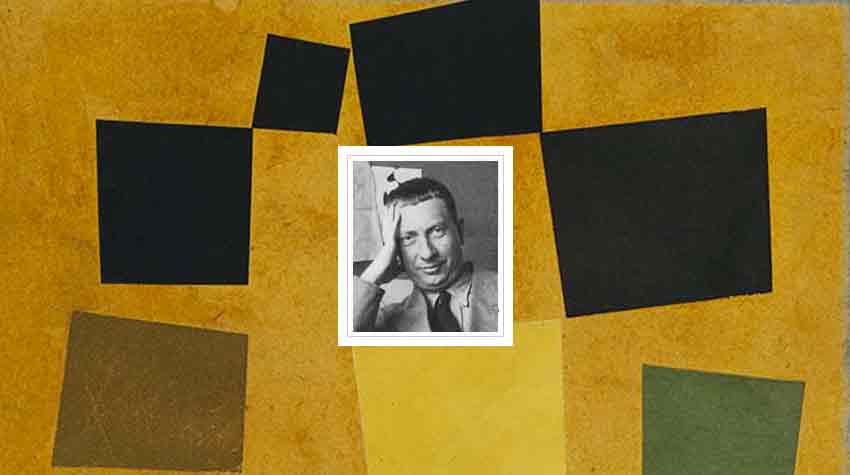Jean Arp Biography and Paintings

Jean Arp (1886 - 1966)
Jean Arp (Hans Arp) was born in Strasbourg (1866). In 1904, after leaving the École des Arts et Métiers in Strasbourg, he went to Paris where he published his poetry for the first time. He was trained in art in Weimar (1905-1907) and in Paris, at the Academie Julian (1908). In 1912, he went to Munich, called on Wassily Kandinsky, the influential Russian painter and art theorist, was encouraged by him in his researches and exhibited with the Der Blaue Reiter group. Later that year, he took part in a major exhibition in Zürich, along with Henri Matisse, Robert Delaunay and Kandinsky. In 1916, with Hugo Ball, Tristan Tzara, and others, he founded the Cabaret Voltaire - the first manifestation of Dada.
During the 1920s, which he spent mostly in Paris, Arp figured as one of the leading protagonists of French Surrealism, alongside Andre Breton and Max Ernst. In 1930 Arp began working on free-standing sculptures, producing a series of pieces in which human, animal and plant forms were reduced to quintessential organic volumes. His Female Torso with its burnished, snow-white marble skin and swelling curves recalls some fertility idol from an archaic past. Arp favored roundness as a sculptural equivalent to natural, organic growth.
Art into Nature
The same formal idiom was employed in his animal or vegetable based configurations, such as Alou aux griffes, Garland of Buds II or Serpentine Motion II, as well as in hybrid creatures like Cobra-Centaur. Arp even envisioned a reverse metamorphosis, of art into nature, as evoked in his notes on the sculpture Torso-Leaf "Out of a billowing celestial fleece rises a leaf. The leaf changes into a vase. An enormous navel appears. It grows, it becomes larger. The billowing celestial fleece dissolves in it."
Apart from organic form, Arp's works often rely on a reinterpretation of the Surrealist principle of the dialectic relationship between formal development and thematic association. Examples are Relief Nadir I, which the firmament with its heavenly bodies is projected onto the plane, or The Little Theater, in which the stage, as scene of world events, is reduced to the microcosm of a peep-show whose actors appear as schematic silhouettes against a bottomless gulf.

GALLERY PAGE OF ARTIST

Labels: famous artists biography
December 20, 2019
Return to List